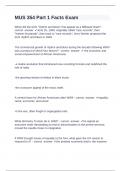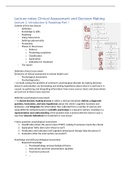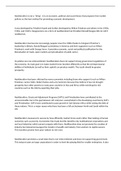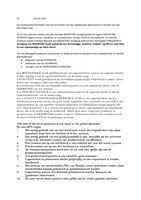Tentamen (uitwerkingen)
MUS 354 Part 1 Facts Exam Question and answers already passed
- Vak
- Instelling
MUS 354 Part 1 Facts Exam Question and answers already passed MUS 354 Part 1 Facts Exam When did the term "rhythm and blues" first appear as a billboard chart? - correct answer June 25, 1949; originally called "race records", then "harlem hit parade", then back to "race records"; Jerry Wexler...
[Meer zien]











